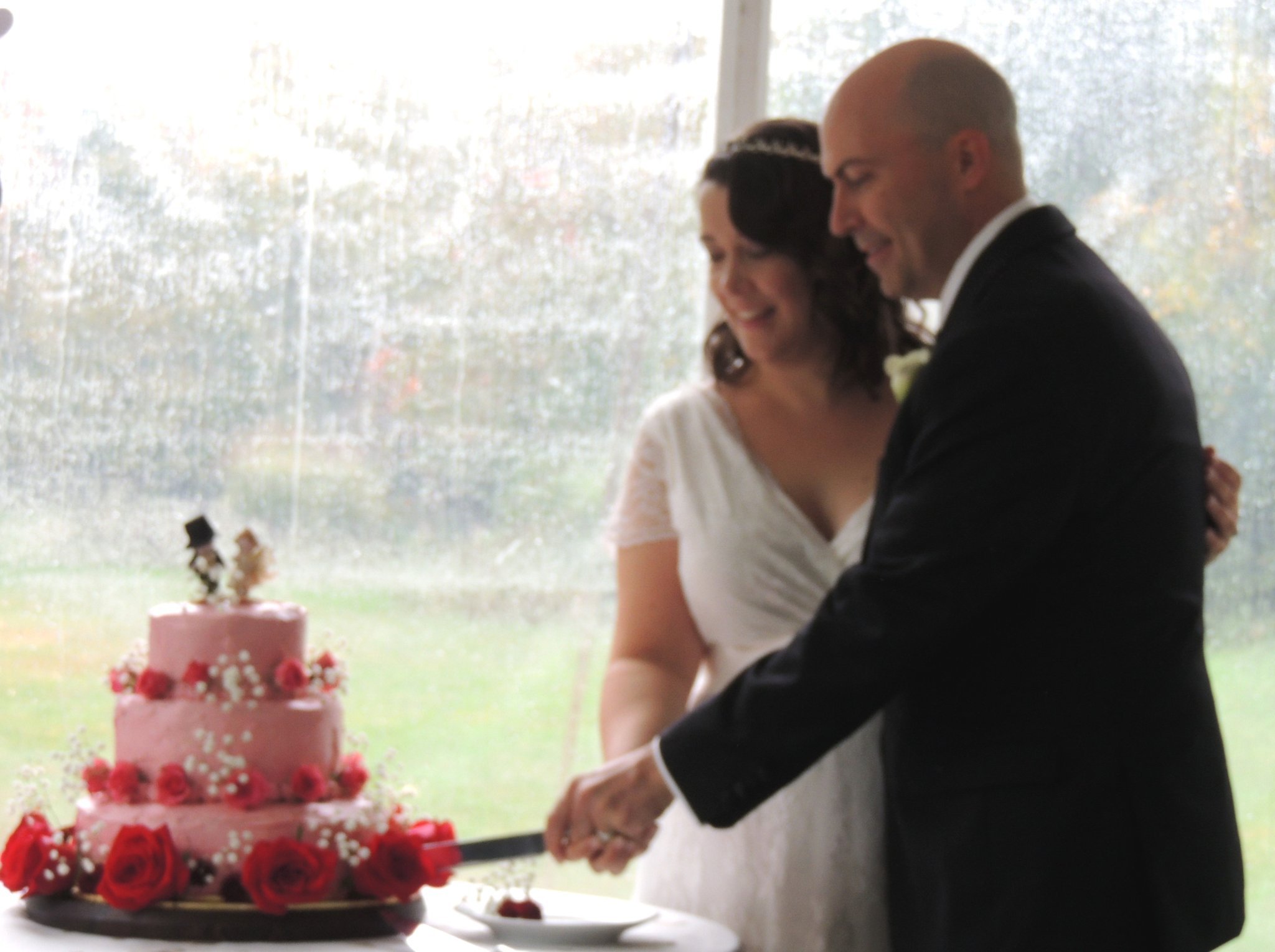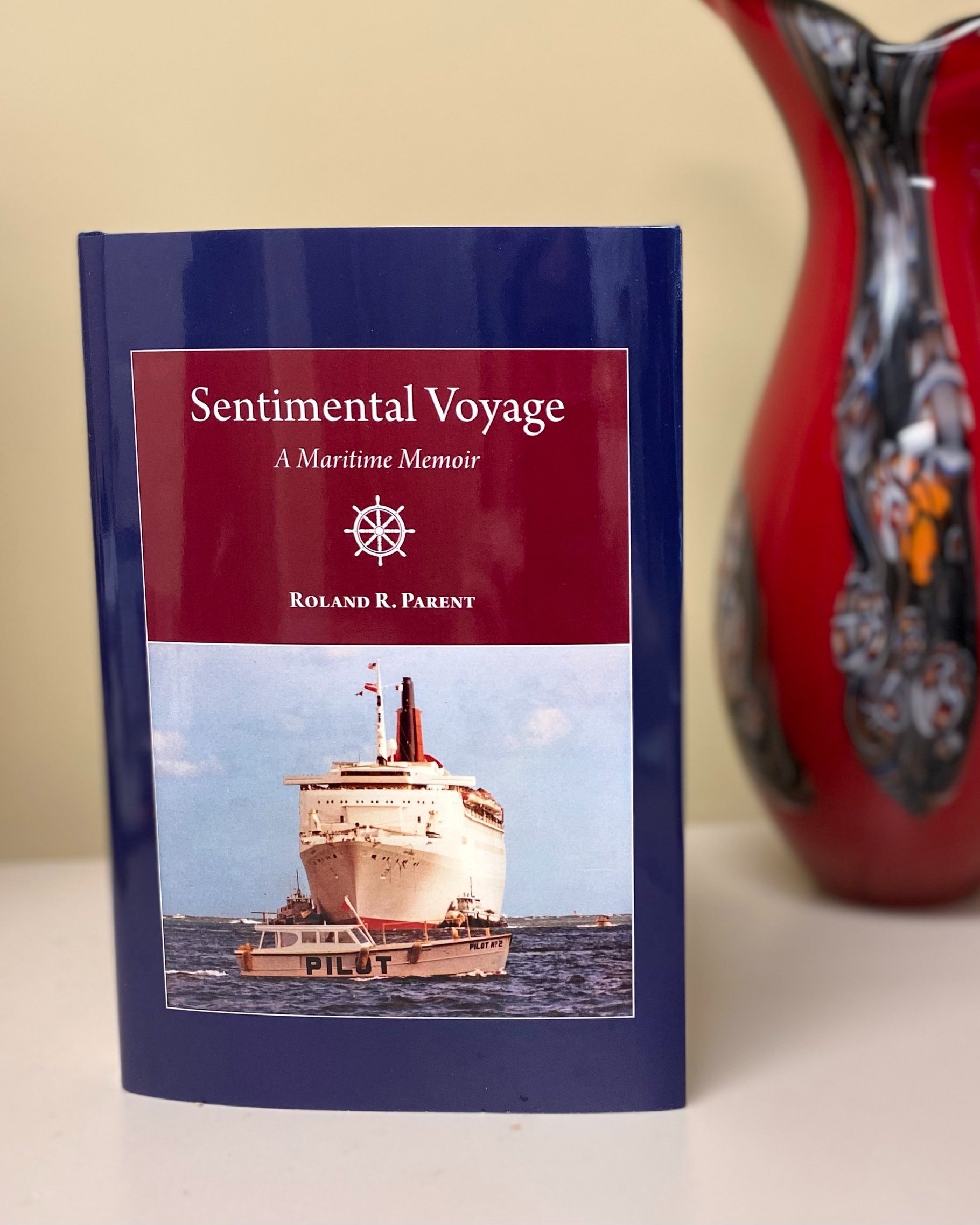Paul Jensen published his book entitled Higher Ground: Journals of a Jaguar Monk with Modern Memoirs this year. This specialty book of journal excerpts took eleven months from the day he first contacted us to the day books arrived on his doorstep. We asked Jensen to reflect on what the publication process was like for him, and what it has meant to share his book with others.
1. What was your process for creating the book? How did you decide which journal excerpts you would include?
The author’s desk, and a book in the making
Paul Jensen: Some of this process can be explained, and some of it remains mystically inexplicable. But the first step is writing what you live, honestly, for life should be “grand enough.” I started journaling in the seventh grade when I had a creative writing teacher who really inspired me. I use small journals that fit easily into a daypack, and Ticonderoga #2 pencils. I do all my writing by hand. Then when I’m in the editing phase, I write over it again, retracing my handwriting and bolding it. It allows me to integrate with my work and to catch the juicy lines. I select the portions to “move on” with—approximately only two-thirds of the original document—and type them into a Word document. Over the years the different entries seemed to fall into categories based on events and places, and this book began to take shape. I’d say I carried it around with me for more than a dozen years before it was completed.
2. Who was the book intended for? What feedback have you gotten from readers?
Paul Jensen: I've never really had thoughts about the “end user” at the front of my mind. There is a purity to art that must transcend the thought of who the listener or reader will be. I would think that such thoughts would tend to influence the art’s outcome, and so far, my projects have stayed true to their “natural course.” The reaction from readers has been great; people really embrace it. There’s a spirituality to it that they appreciate. And they relate to my descriptions of the places I’ve traveled.
3. You have been a musician for over 40 years and put out at least four CDs of original acoustic guitar music and songs, with two more on the way. Yet even with such a large body of work, you say in your book that “the process of songwriting still perplexes me.” You also say, “Music discovers its players, the players don’t discover the music.” What is the best way an artist can open himself or herself to being found?
Paul Jensen: If we can figure that out, we’ll have to bottle it! I think that people need to follow their dispositions, because then there’s more opportunity to connect with their true passion. I’ve been writing for a long time. My mom and I created poetry together, and my father instructed me on guitar. That was the birth of a songwriter. I’ve always had an overwhelming need to write; it’s an extension of myself. If it feels good, do it—and then you’ve got to listen to what the experience teaches you. You need to BE. The trigger to being found by the music is to live free. And the wilderness is the best place I know to experience that freedom, that simplicity. In nature we are free from confinement. It is a place for content meditation, where our senses are heightened.
4. One of your CDs is entitled John Otto: Man of the Canyon, and you talk about John Otto in several pages of your book. Who was he, and how did he influence your life?
The gravestone of John Otto (December 30, 1870–June 19, 1952). Inscription:
“Do your best for the West, the best for the world. The new day, get it going.”
John Otto, promoter and first custodian of Colorado National Monument. National Park Service photo
Paul Jensen: John Otto was the founder of Colorado National Monument. He was an eccentric, local guy who lived in the red rock canyons. He climbed the cliffs and developed the trails and advocated for the creation of a national park. Not only was that a Herculean physical effort, but the muse captured him as well, and he wrote newspaper editorials and letters to Washington, D.C. People thought he was half crazy, but he eventually persuaded President Taft to establish the park. I would hike and find the historic sites that he preserved. I read about him and became a real enthusiast of his. He lived nature; he was the Thoreau of the West. Otto said, “The truer you live, the freer you are.” When he died, he was very poor and there was no money to pay for a tombstone. So, twenty years ago, my dear friend Michael O’Boyle started a fundraising campaign to get him one, and I became very involved selling my John Otto CDs. We finally succeeded, and at the dedication ceremony they told me they had sealed a copy of the CD in the base of the stone. I couldn’t believe it. I was so honored.
5. You said that what you admire are the qualities of the “Joyful Monk.” How would you describe that person? What is the origin of the book title “Jaguar Monk”?
Paul Jensen: In my younger life, I was introduced to the monks at a Catholic monastery in Huntsville, Utah. That’s where I met Father Patrick, who spent his whole life there and embodies what I mean by the “Joyful Monk.” He had a loving heart, he bubbled over with love. He is still at his center, the peaceful monk attending to his moment. I asked him, “Why is it so easy for me to play guitar?” and he said, “It’s because you’re feeling God.” I call myself the Jaguar Monk because, after my divorce, I went through changes and was writing music and had enough income that I could buy an old Jaguar, a 1988 XK8 convertible. I could fit all of my needs into the trunk—bedroll, journals, food—and head out to sit underneath the stars. It would be my chariot for the next five years, my way of saying goodbye, and saying hello to a whole new, adventurous life. I’ll admit there is some materialism mixed in with my spirituality... It’s a narrow road to walk.
6. The cover of your book is an adaption of the cover of your forthcoming CD. It features an image of you standing beside a guitar that is burning in a fire. What is the meaning of that image to you?
Paul Jensen: First, I have to say that Modern Memoirs did such a great job with the book. There has been an overwhelming response to the cover (original design by John Malvey; photos by Mike Davenport) — not just the look, but the feel of it, too. Someone saw the image of the burning guitar and was offended by it. But it’s not meant to be an awful thing. It’s meant to symbolize a paradigm shift for me. I played guitar from the time I was fifteen years old until five years ago, when I became ill and had to give it up full-time. I can still play, but now I’m focused more on writing books. So, to me, the image is about change, about saying goodbye to the past and going forward from that moment. It’s about exploring the shift from musician to author. I’m the kind of person who refuses to give up. Instead, it’s more like, “OK, what can I do now?”
Smiling,
I write my lines.
Finish what I’ve started.
Now I have become the music I’ve written.
the verse spreads out like prayers on a spinning wheel, touching everything.
There is no time, just the illusion of it.
—Paul Jensen
Interested in reading more? Purchase this book at the link below:






















